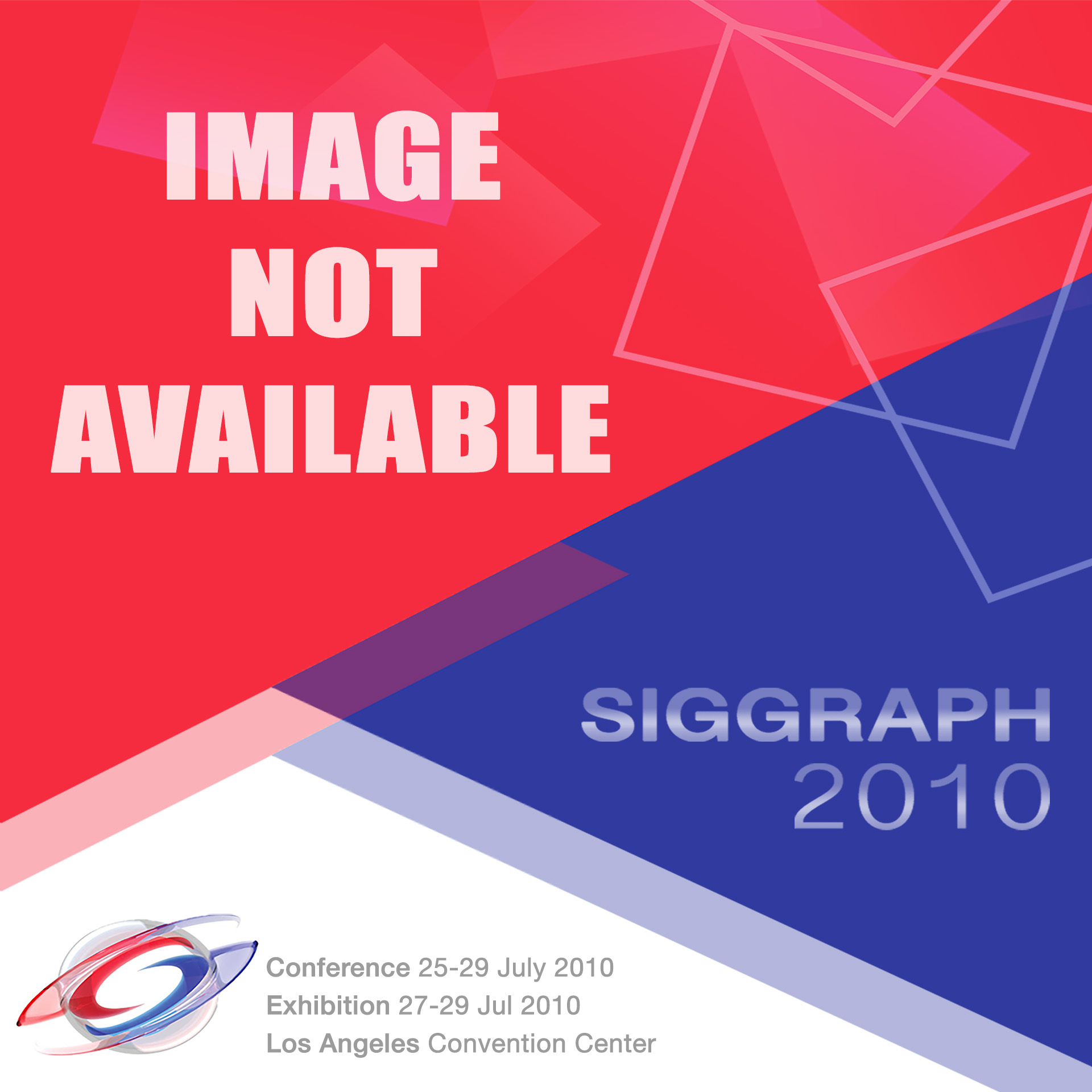“Fool Me Twice: Exploring and Exploiting Error To]erance in Physics-Based Animation” by Yeh, Reinman, Patel and Faloutsos
Conference:
Type(s):
Title:
- Fool Me Twice: Exploring and Exploiting Error To]erance in Physics-Based Animation
Presenter(s)/Author(s):
Abstract:
The error tolerance of human perception offers a range of opportunities to trade numerical accuracy for performance in physics-based simulation. However, most prior work on perceptual error tolerance either focus exclusively on understanding the tolerance of the human visual system or burden the application developer with case-specific implementations such as Level-of-Detail (LOD) techniques. In this article, based on a detailed set of perceptual metrics, we propose a methodology to identify the maximum error tolerance of physics simulation. Then, we apply this methodology in the evaluation of four case studies. First, we utilize the methodology in the tuning of the simulation timestep. The second study deals with tuning the iteration count for the LCP solver. Then, we evaluate the perceptual quality of Fast Estimation with Error Control (FEEC) [Yeh et al. 2006]. Finally, we explore the hardware optimization technique of precision reduction.
References:
- AGEIA. Physx product overview. www.ageia.com.
- Baraff, D. 1997. Physically based modeling: Principals and practice. In Proceedings of the SIGGRAPH Online Course Notes.
- Barzel, R., Hughes, J., and Wood, D. 1996. Plausible motion simulation for computer graphics animation. In Proceedings of the Computer Animation and Simulation.
- Carlson, D. and Hodgins, J. 1997. Simulation levels of detail for real-time animation. In Proceedings of the Graphics Interface Conference.
- Chenney, S. and Forsyth, D. 2000. Sampling plausible solutions to multi-body constraint problems. In Proceedings of the ACM SIGGRAPH International Conference on Computer Graphics and Interface Techniques.
- Fang, F., Chen, T., and Rutenbar, R. 2002. Floating-Point bit-width optimization for low-power signal processing applications. In Proceedings of the International Conference on Acoustic, Speech, and Signal Processing.
- Goldberg, D. 1991. What every computer scientist should know about floating-point arithmetic. ACM Comput. Surv. 23, 1, 5–48.
- Harrsion, J., Rensink, R. A., and van de Panne, M. 2004. Obscuring length changes during animated motion. In Proceedings of the ACM SIGGRAPH International Conference on Computer Graphics and Interactive Techniques.
- HAVOK. Havokfx. www.havok.com.
- Hofstee, P. 2005. Power efficient architecture and the cell processor. In Proceedings of the International Symposium on High-Performance Computer Architecture (HPCA). 258–262.
- McDonnell, R., Dobbyn, S., Collins, S., and O’Sullivan, C. 2006. Perceptual evaluation of lod clothing for virtual humans. In Proceedings of the ACM SIGGRAPH/Eurographics Symposium on Computer Animation. 117–126.
- Muller, M., Heidelberger, B., Hennix, M., and Ratcliff, J. 2006. Position based dynamics. In Proceedings of the 3rd Workshop in Virtual Reality Interactions and Physical Simulation.
- Newton. Newton game dynamics. www.newtondynamics.com.
- O’Sullivan, C. and Dingliana, J. 2001. Collisions and perception. ACM Trans. Graph. 20, 3, 151–168.
- O’Sullivan, C., Dingliana, J., Giang, T., and Kaiser, M. 2003. Evaluating the visual fidelity of physically based animations. In Proceedings of the ACM SIGGRAPH International Conference on Computer Graphics and Interactive Techniques.
- O’Sullivan, C., Howlett, S., McDonnell, R., Morvan, Y., and O’Conor, K. 2004. Perceptually adaptive graphics. Eurographics State of the Art Report.
- Proffit, D. 2006. Viewing animations: What people see and understand and what they don’t. Keynote address. In Proceedings of the ACM SIGGRAPH/Eurographics Symosium on Computer Animation.
- Reitsma, P. and Pollard, N. 2003. Perceptual metrics for character animation: Sensitivity to errors in ballistic motion. In Proceedings of the ACM SIGGRAPH International Conference on Computer Graphics and Interactive Techniques ACM SIGGRAPH Papers. 537–542.
- Samani, D. M., Ellinger, J., Powers, E. J., and Swartzlander, E. E. J. 1993. Simulation of variable precision ieee floating point using c++ and its application in digital signal processor design. In Proceedings of the 36th Midwest Symposium on Circuits and Systems.
- Seugling, A. and Rolin, M. 2006. Evaluation of physics engines and implementation of a physics module ina 3d-authoring tool. Master’s thesis, UMEA University.
- Smith, R. Open dynamics engine. www.ode.org.
- Yeh, T. Y., Faloutsos, P., and Reinman, G. 2006. Enabling real-time physics simulation in future interactive entertainment. In Proceedings of the ACM SIGGRAPH Video Game Symposium. 71–81.
- Yeh, T. Y., Faloutsos, P., Patel, S., and Reinman, G. 2007. Parallax: An architecture for real-time physics. In Proceedings of the 34th International Symposium on Computer Architecture (ISCA). 232–243.





